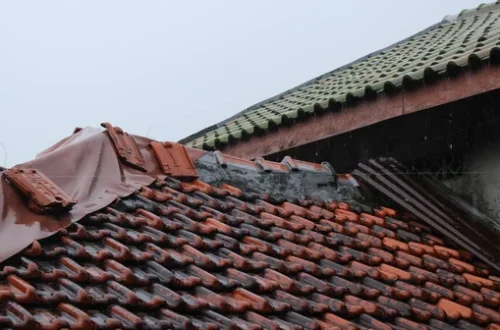
Preserving Tampa’s Iconic Palms
The Sabal Palm embodies the transformative journey of Florida. From a vital source of life to a symbol of state pride, it’s deeply ingrained in community, a lush canopy around which events wax and wane.
But a recent study revealed Tampa’s tree canopy is shrinking. So residents are pushing to preserve the city’s iconic trees.
The History of Palms in Tampa
Tampa Palms is a master-planned community built during the 1980s. Located in the New Tampa district, the neighborhood was designed to be a full city rather than a cookie-cutter subdivision. Wide spine roads in the community allow residents to get around without ever having to leave their home.
The neighborhood has five parks. Compton Park, owned and operated by the community’s homeowner association, features an indoor weight room and a junior Olympic pool along with a 3,500-foot boardwalk and picnic areas next to a lake and fountain. The community also has a 240-acre conservation park called Lettuce Lake Park.
Gary Litman, a physician at All Children’s Hospital, moved to his bayfront property seven years ago and began growing palms. He currently has 130 different palm species set in a jungle with gingers, orchids and bromeliads. His collection includes the northernmost coconut palm with mature ripe fruit in the continental United States. He is constantly planting to expand his arboretum.
The History of Palm Leaves
Palm trees have long been a symbol of a tropical paradise. They appear on the flags and seals of many countries and are a common feature in images of island getaways. The leaves of the palm (Phoenix dactylifera L) are loaded with cultural significance and have been used for food, fuel, shelter, ornamentation, and even as units of measurement.
In ancient times, people across the world collected and bound palm leaf fragments into manuscripts. While the process varied, the form remained the same: leaves pressed flat, trimmed and bound into books with fabric cords.
A bundle of fifteen gilded palm leaves bound with cloth cords forms this manuscript, which is a Buddhist text. The edges of the protective boards have been painted in red and maroon and the leaves themselves gilded. This example dates from the nineteenth century, between 1824 and 1851 A.D. The manuscript contains parts of the Vinaya-pitaka.
The History of Palm Trees in the Bible
Palms have long been associated with abundance and prosperity. They’re mentioned multiple times in the Bible scriptures and symbolize peace, beauty and spirituality. They also have a tropical allure that appeals to many.
In the desert sands of ancient Israel, palms were a vital source of food, shelter and building materials for Jewish nomads and settlers. They were a source of sweet, honey-like dates and their fronds were used for weaving baskets, mats, brooms and ropes.
During Jesus Christ’s triumphal entry into Jerusalem, the people greeted Him with palm branches as He entered through the city gate. Today, Palm Sunday reminisces this event and symbolizes Jesus’ victory over death. When Christians hold palm branches at their altars, it is to remind them of this eternal truth. They are also a part of the Feast of Tabernacles and represent God’s promise of a world to come. Symbolism of the palm tree is widespread in ancient cultures worldwide.
The History of Palm Trees in the Seminole and Miccosukee Tribes
The Seminole and Miccosukee Indians refer to the Sabal palm (Serenoa repens) as “the tree of life,” since it has provided them with shelter, food, tools, utensils, fiber for baskets and netting, and more. Its “boots” harbor many other native plants, including Strangler Fig, Wild Grape and Virginia Creeper.
The solitary trunk of the palm can grow to 30 feet in height. Its evergreen, fan-shaped leaves, known as fronds, grow from the single apical meristem at the center of the trunk and hang downward.
In ancient civilizations, palm trees symbolized success and triumph, as seen when Jesus Christ was greeted with palm branches upon his entry into Jerusalem in the Christian Bible. The palm tree also carries several spiritual meanings for other religions. It is the symbol of peace and prosperity in Judaism, and it may represent the Tree of Life in Kabbalah. The solitary palm tree is a natural habitat for birds, squirrels, deer and other animals.



